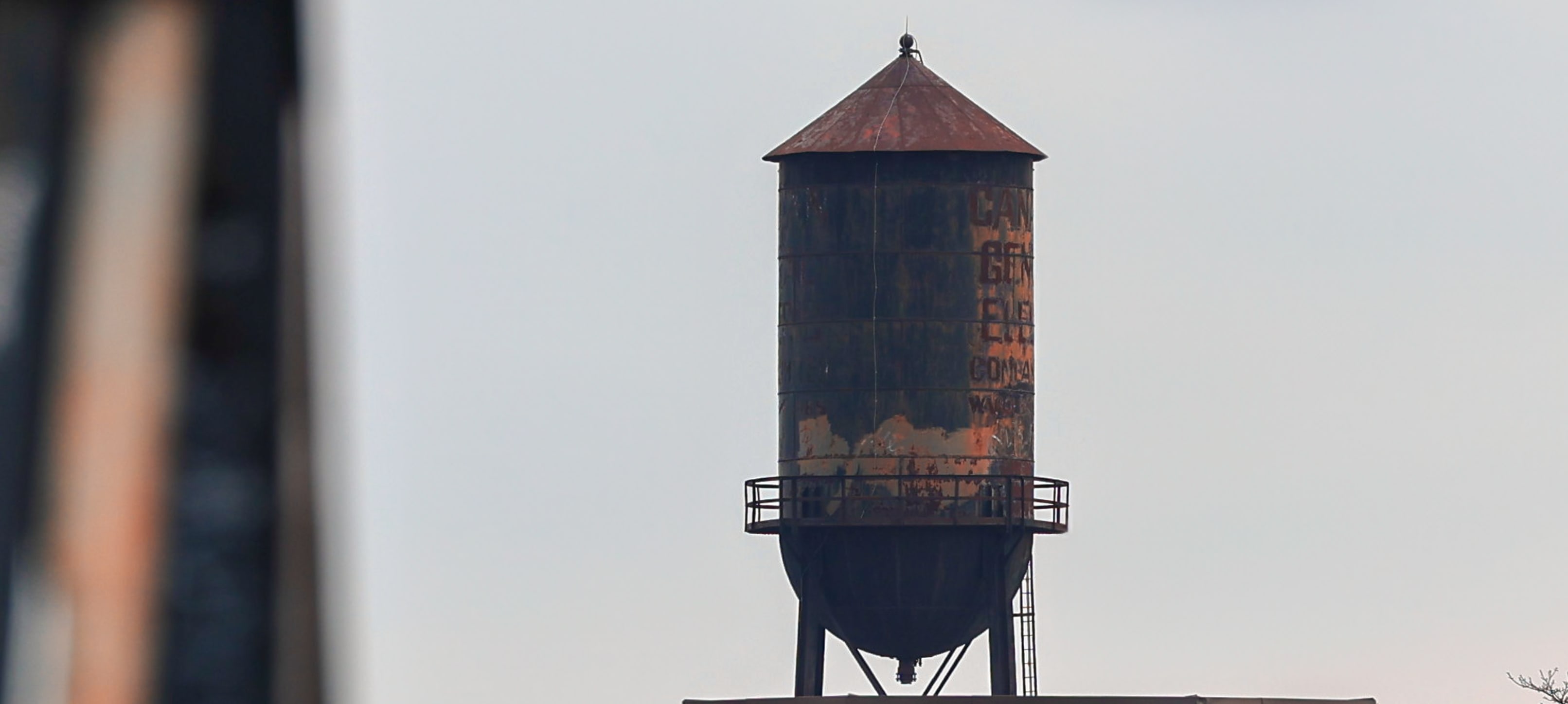Share
Four architectural gems of the Junction
Explore the unique structures that make this Toronto neighbourhood as special as it is historic.
Oct 22, 2024
Toronto is often thought of as a tapestry of culture, with communities and a history as vibrant and diverse as its population. And one appropriately named neighbourhood is certainly a junction of history and culture.
Located near the Davenport Diamond, the Junction took its name from a meeting point of two trails made by Indigenous peoples, though in modern times it is more frequently associated with the nearby junction of railway lines.
For a period, it was home to the largest livestock market in Canada and was the heart of Ontario’s meat packing industry, helping cement Toronto’s once-popular nickname, Hogtown. It was also the last dry neighbourhood in the city, only allowing the sale of alcohol in the year 2000. As the Junction’s history continues to change, much of its historic past is still on display for visitors to take in. Here are some of the best that you can see for yourself.
Wallace Avenue Footbridge
The Wallace Avenue Footbridge is a testament to smart engineering. Though it was built using 19th century technology, it has more than withstood the test of time. The design, known as a Warren pony truss bridge, incorporates metal triangles in such a way that it is both strong and economical, costing $4,500 in 1907. Originally intended as a temporary passage across what is now the Kitchener GO corridor, the bridge became so well liked in the Junction it became a permanent fixture of the neighbourhood. It remains an actively used feature in the Junction and maintains heritage status. The bridge is always open, so stepping back in time is as simple as taking a walk across! You can spot the Kitchener Line GO train in operation from this bridge, and the UP Express going between Union Station and Pearson Airport.
Canadian General Electric Water Tower
The Canadian General Electric Water Tower is one of the last remaining wooden water towers still standing in Toronto. (Metrolinx photo)
A remnant of the neighbourhood’s once bustling industrial past, this water tower was deemed a heritage site by the City of Toronto in 1993. The tower was used to store water for Canadian General Electric’s (now GE Canada) Ward St. plant in the early 1920’s. It is one of the few remaining wooden water towers left in Toronto. Though the landscape and structures around it have not changed much over the decades, the way those buildings are used has. The old plant was later converted into lofts, where the lower rental costs attracted artists and other creatives. Now, the plant is occupied by Canadian video game developer Ubisoft, with the tower still standing tall. You can see the tower any time at the corner of Wallace Avenue and Ward Street.
Bloor/Gladstone Library
The Bloor/Gladstone Library features architectural elements inspired by history. (Metrolinx photo)
Once called the Dovercourt Branch, this community staple has been in operation for over a century. The Bloor/Gladstone library was designed in 1911 featuring elements inspired by classical Greek, Roman and Italian architecture. Those include a grand entrance, large, round arched windows, ornate stonework and decorative support columns reminiscent of ancient Greek temples. But its classic styling also hides many modern innovations, including being the first Toronto Public Library to feature a green roof. The library has won numerous design awards, including a Governor General’s Medan in Architecture, and has been deemed a heritage property since 1993. The library is open to the public every day and hosts regular and featured programs, and art exhibition space and more.
Mercer Union
Mercer Union is one of Toronto’s cultural landmarks and a notable part of the city’s vibrant arts scene. (Metrolinx photo)
Founded in 1979 by a group of twelve artists, Mercer Union was born out of the need for a space and organization dedicated to new contemporary art that challenged what was favoured by mainstream galleries. The twelve artists each contributed $1,500 to purchase the lease to a space on Mercer Street, hence the name Mercer Union. In 2008, Mercer Union relocated to its current address on Bloor Street West. Mercer Union has been active for over 40 years in Toronto, offering support and space for emerging artists to work and championing others who break ground in the artistic space – even when those works sometimes spark some controversy. Mercer Union is open Tuesday to Saturday every week from 11am to 6pm and features a revolving series of exhibitions and programs throughout the year.
History meets adventure
The Junction is one of Toronto's oldest neighbourhoods. (Metrolinx photo)
The Junction is host to no shortage of highlights, from shops, restaurants, markets, exhibitions and more – and exploring the neighbourhood couldn’t be easier. Take the GO Train or UP Express to Bloor GO Station and take a short walk north along Dundas St. W to reach the Junction. If you’re taking TTC, ride the subway to Dundas West station and follow the same route. Work is currently underway to build a pedestrian connection between Bloor GO and TTC’s Dundas West station, offering commuters safe, seamless travel between GO, UP and TTC.
by Shane Kalicharan Metrolinx Editorial Content Producer
